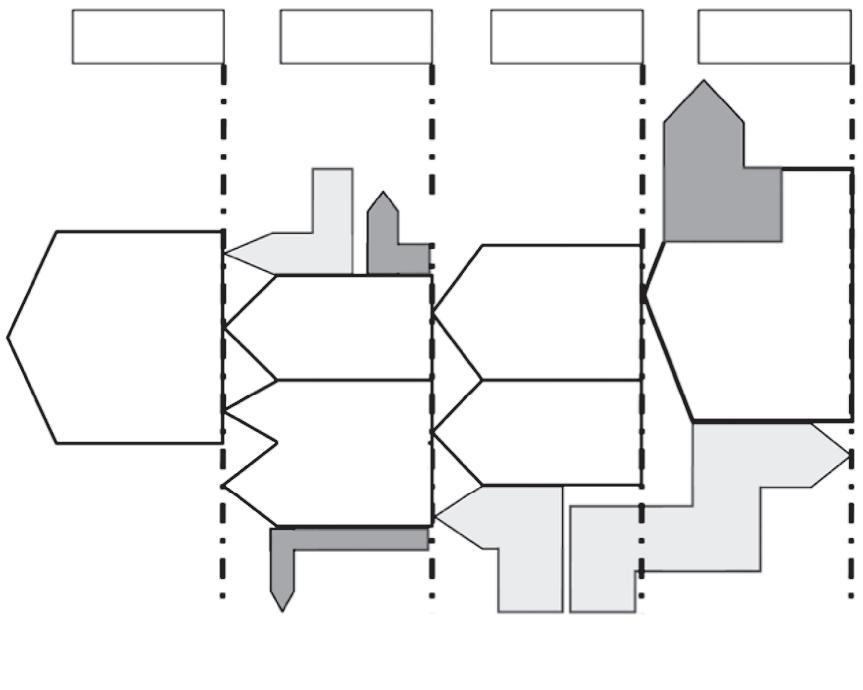Summary The target audiences for this report are policy-makers and those who advise them at European Union (EU), national, regional and local levels. It presents science-based advice on policies and measures for delivering the decarbonisation of buildings in the period from 2020 to 2050 in the context of the UN Sustainable Development Goals and the EU Green Deal. The available evidence relating to the potential impacts (intended and unintended) of low greenhouse gas (GHG) emission building design and renovation options on the health and well-being of building occupants is reviewed. To facilitate occupant health and well-being, it is emphasised that all new and renovated buildings must have adequate ventilation, good air quality, no overheating, adequate access to daylight and access to outside space. As the EU recovers from the COVID pandemic, it is noted that it will be particularly important to tackle energy poverty. This can be better addressed by supporting the renovation of rented private and social housing to very low GHG emission performance levels than by using public money to pay the energy bills of low-income households. The report recognises the holistic nature of successful building design and the importance of teamwork involving all key actors including architects, engineers, urban planners and builders to deliver new and renovated buildings with reduced GHG emissions. It addresses the main socio-economic barriers encountered and risk mitigating measures required when reducing GHG emissions from the construction, operation, renovation, demolition and recycling of residential and non-residential buildings across the EU, Norway, Switzerland and the UK. It confirms that the rate of renovation must be increased but is impeded by a lack of information (including a need for one-stop shops), incumbent industry structures and procedures, and insufficient risk mitigation via regulation, incentives, grants and long-term financing with guaranteed low interest rates. The report emphasises the urgent need to limit by regulation not only the operational GHG emissions of buildings, which represent about 25% of the total GHG emissions from the EU, but also the embodied GHG emissions in the materials, components and systems used in the construction of new buildings or renovations. Moreover, it highlights the need to limit the cumulative GHG emissions (operational plus embodied emissions) of building renovations to levels below the GHG emissions that would have occurred from operating the same buildings without renovation. If this limit is exceeded, then there is a serious risk that the
EASAC
EU will fail to deliver its Paris Agreement commitments and that the average global temperatures will increase beyond 1.5 or 2 °C above pre-industrial levels. Some reductions in operating GHG emissions can be achieved quickly by replacing old fossil-fuelled heating and cooling systems with higher-efficiency ones. However, without decarbonising the energy supplies and implementing deep renovations to the building envelope, this will not reduce emissions sufficiently to meet EU targets and could lead to the creation of stranded assets. In terms of embodied GHG emissions, buildings have a potential role as carbon sinks, storing carbon in their structure and fabric for many decades. The energy performance of new and renovated buildings is discussed together with the reasons for gaps between calculated and actual building energy performance. Technological options are reviewed for reducing direct GHG emissions from building operations (such as fossil-fuelled heating systems), indirect GHG emissions from electricity and district heating supplied to buildings, and embodied GHG emissions in building materials, components, construction processes and building services. The challenge of reducing the energy consumed by improving the energy efficiency of building operation has been studied for many years, and has been regulated in the EU by an Energy Performance of Buildings Directive (EPBD) since 2002. The EPBD was recast in 2010, when requirements for nearly zero-energy buildings (NZEB) were introduced, but these requirements have not been applied in the same way by all EU Member States. The definition of NZEB and its associated requirements in the EPBD were helpful when first introduced because they addressed the need to improve the energy efficiency of buildings that were mainly using fossil-based energy sources. However, the definition of NZEB and its requirements are becoming increasingly outdated as the fraction of renewable energies in building energy consumption increases. This report discusses these challenges, then highlights the importance of focusing in future on reducing the consumption of fossil-based energy sources that cause GHG emissions from buildings. EASAC recognises that, despite the fact that the definition of NZEB is becoming increasingly outdated, the concept of nearly zero-energy buildings is intuitively attractive and NZEB is widely used in EU policies and legislation. Consequently, now is a good time to shift the focus from energy to GHG emissions by redefining NZEB as ‘nearly zero emissions buildings’.
Decarbonisation of buildings | June 2021 | 1




